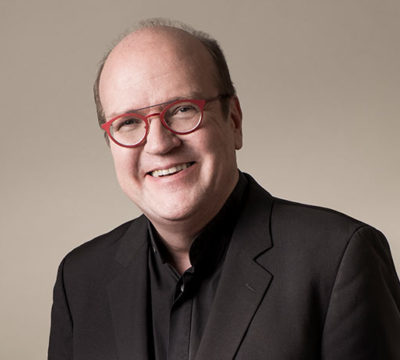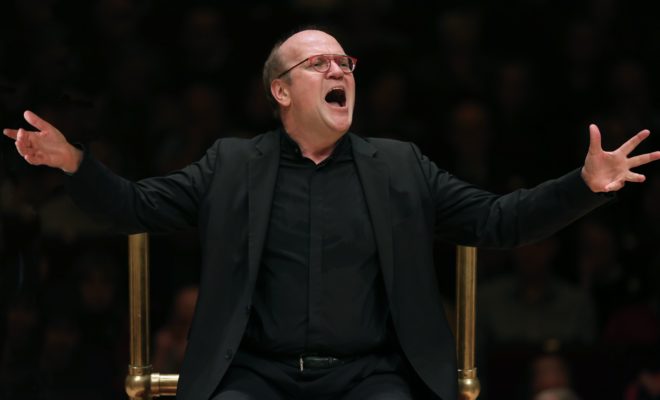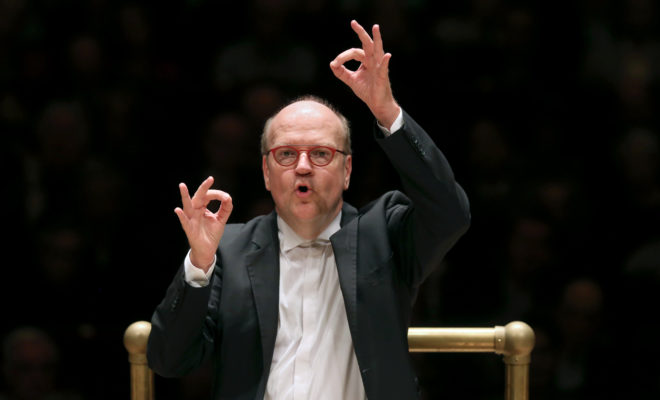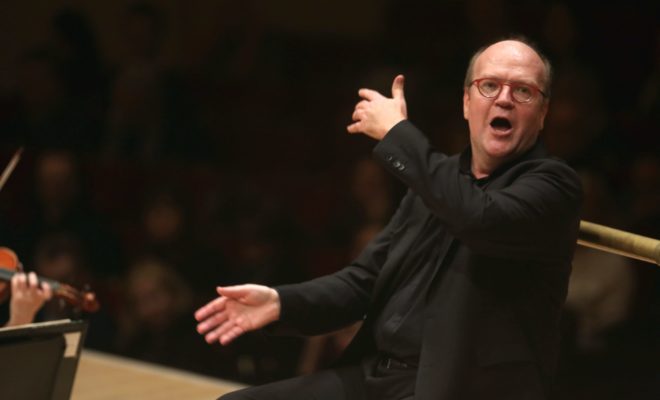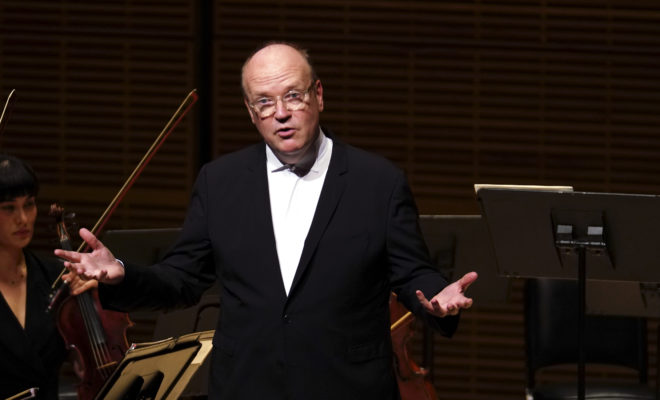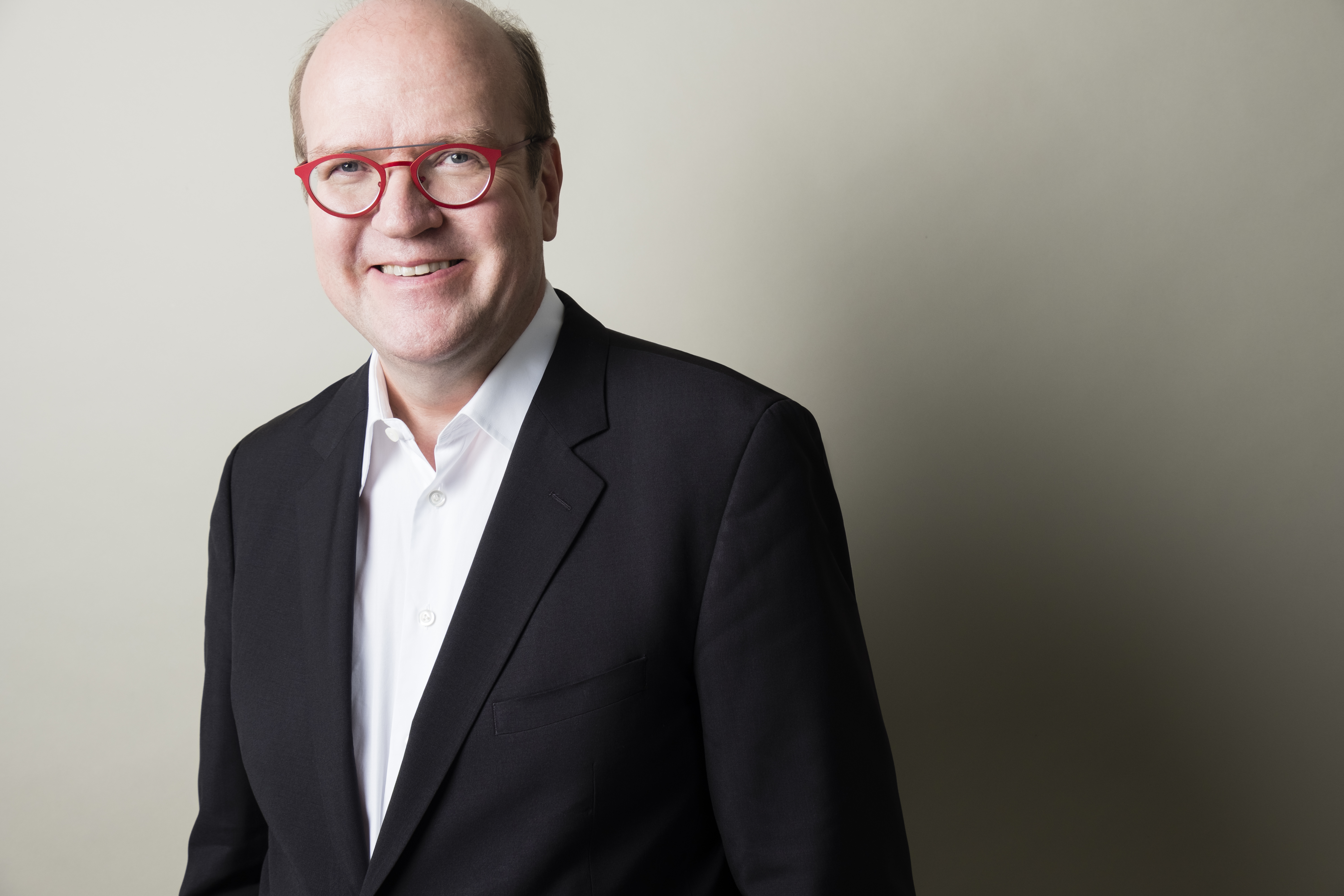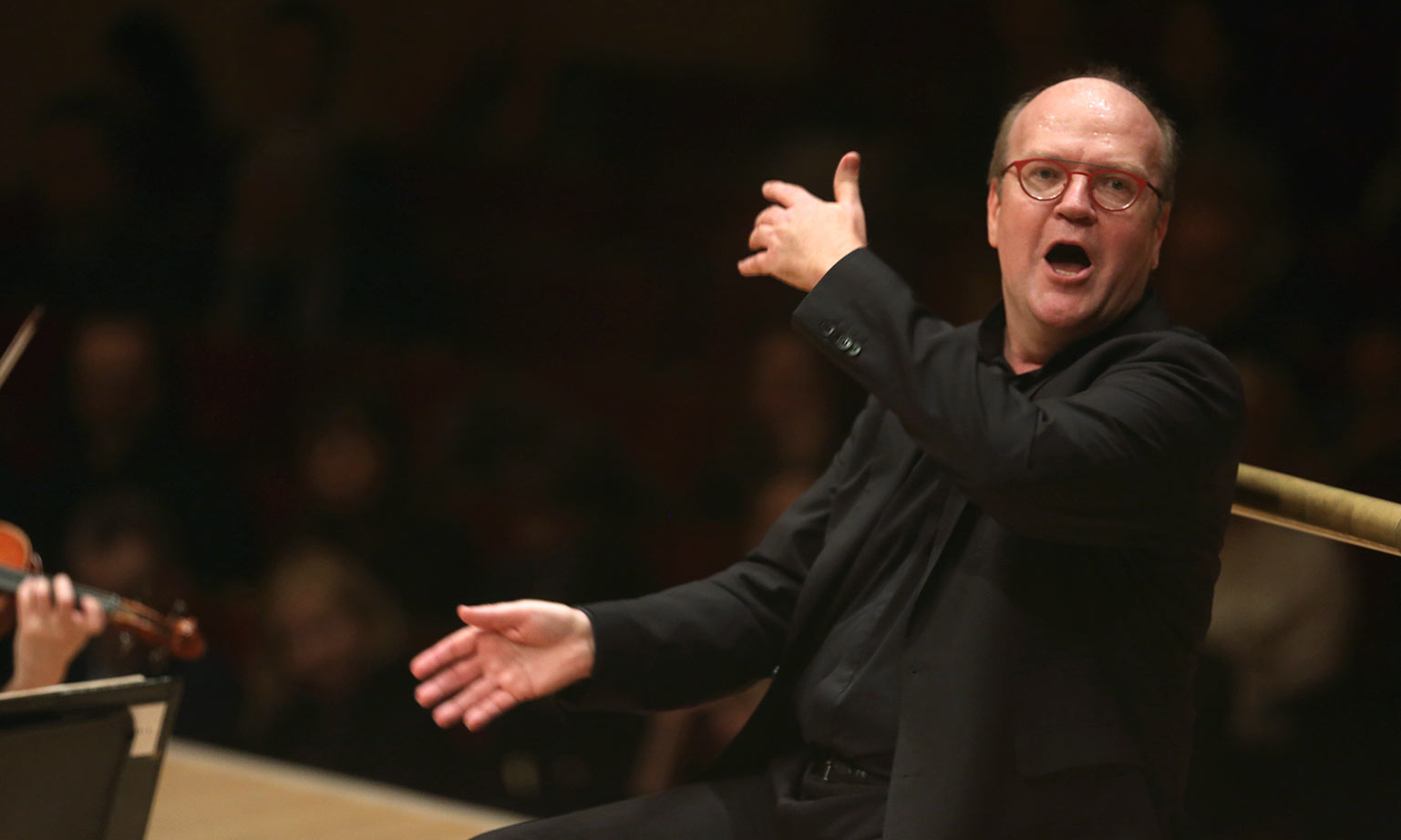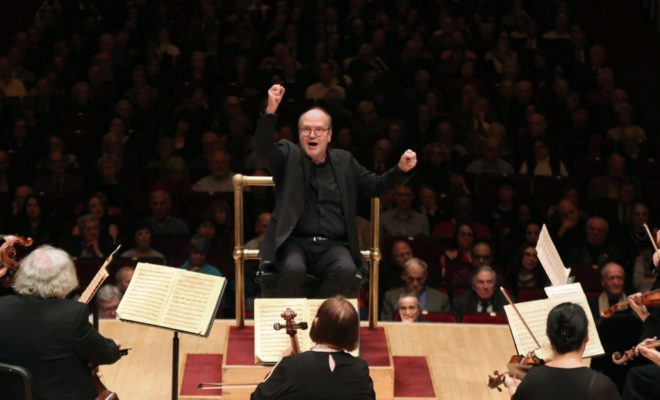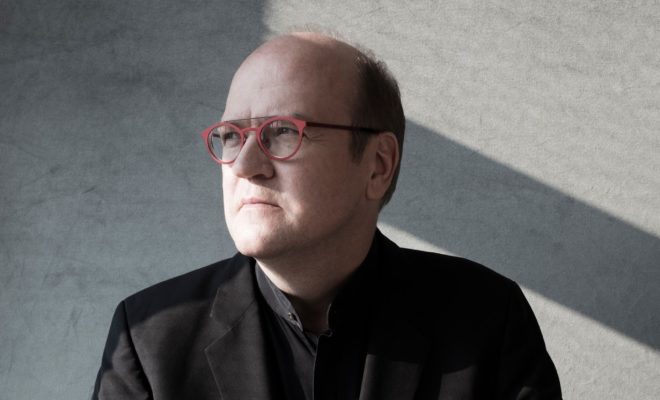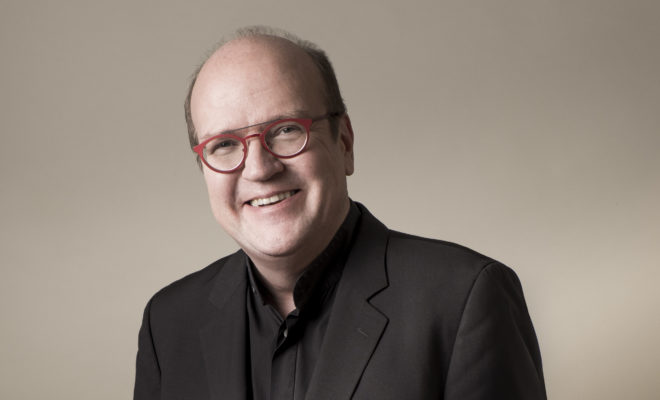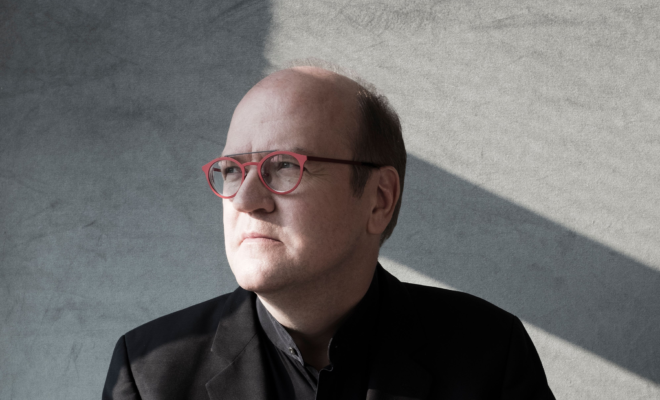I love the organ.
It’s an instrument like no other. Most musical instruments work in a very simple way: you blow in a tube, you strike a string with a bow or you pluck it with a finger, you hit a piece of wood or metal or some kind of natural or artificial skin with a piece of something or with your fingers. Keyboard instruments like the piano or the harpsichord operate on a different level: the principle of sound production remains simple (a string being hit by a hammer or plucked by a pick), but the mechanics of how it happens are complex and refined. But the organ? This is the ultimate Pandora’s box. Great tracker mechanical organs are amazing, fabulous things. The process of sound production happens purely by mechanical action: a system of inter-connected wooden and metal components are activated by the pressing of a key and releasing the flow of air in a pipe without any electrical or electro-magnetic assistance.
The organ literally is a wondrous machine, as the text of one of Purcell’s greatest odes for the day of St. Cecilia (Hail, bright Cecilia) reminds us. These instruments have been built for centuries by generations of craftsmen who by trade have to be the ultimate Renaissance person: architect, carpenter, blacksmith and musician all folded into one. We call them organ builders rather than makers, which says a lot.
I love organ lofts.
I spent a lot of time in them in my youth, singing and playing church music. They are often fragrant, dark and dusty places filled with memories of musicians who have served the Church with their voices and instruments for generations. You can often find piles of scores and parts used by the local choir or simply stored there. Where I live, in Quebec City, these musical scores are often abandoned and forgotten in organ lofts because so few people still perform music in our Catholic churches. (There are of course some bright exceptions.)
I love organists.
They are used to working in isolation, not only because their instrument is often found in a church, but also because the instrument is usually positioned far from the action, hidden away and out of sight from the congregation. The best of them are among the most complete musicians I know, as they can read, transpose and improvise at will – this is what organists have been doing for centuries. Some of them are shy or introverted individuals who enjoy the remoteness of their position; others are good natured and funny people with a very special brand of humor. They often collect what we call in Québécois French jokes de jubé – jokes told in the organ loft by church singers and organists in between their interventions during the service. It’s a well-known fact that church musicians in Québec, tucked away in the privacy of the organ loft, rarely follow the service; one of them (often the organist) has the job to wake them up shortly before they have to sing. In between they can tell the most salacious jokes you could imagine. God and the Devil never live too far apart.
Some of my best friends are organists. One of them built his own organ in the master bedroom of his house, a painstaking project that kept him busy for years. The result is absolutely stunning. My great mentor and best friend, the organist Antoine Bouchard, was a guiding light and a father figure in my life for about thirty years. He passed away in 2015 and I have missed him every day ever since. He used to say about his instrument: c’est une maudite machine (it’s a damned machine). He was so passionate about how one can tame that machine in order to express the deepest feelings through the magic of articulation and registration (the complex art of combining organ stops to create colors and balance).
All of this to say that I want to offer you a short piece for organ by Bach. Not one of his grandest creations, but a little jewel that expresses everything Bach’s music can convey: an absolute and confident joy in life through a beautifully balanced structure where every note seems so perfectly tailored and chosen that you couldn’t change a single one of them without compromising it.
Bach’s six trio sonatas for organ were composed as exercises (!) for his son Wilhelm Friedemann. They are actual trios: two upper voices, each one played on its own manual (keyboard), and a bass line played by the pedal. This is deceptively simple music that doesn’t rely on power (no big frightening chords) but rather on balance, clarity and purity. The player feels absolutely naked. (It’s a feeling that most anyone who interprets Bach’s music knows all too well.)
John Butt’s interpretation of these sonatas is second to none. The quality of the instrument, the beauty of the registrations, the perfect tempos and the pristine articulation enable the music to speak so clearly: everything is admirable. You can hear noises from the mechanical action of the organ (especially from the pedal at the very beginning) which reminds us of the extraordinary nature of the instrument. This specific movement played by him encapsulates in less than three minutes all the joy that Bach’s music can bring to my life. This is the music I want to listen to early in the morning when the sun has just risen and a bright new day is ahead of us.
That feeling might seem elusive to us right now, but these days will come back. Meanwhile, Bach is there to illuminate our gloomier mornings and remind us of better days to come.
Program
Johann Sebastian Bach
Allegro moderato from Trio sonata for organ No. 1 in E-flat major, BWV 525
